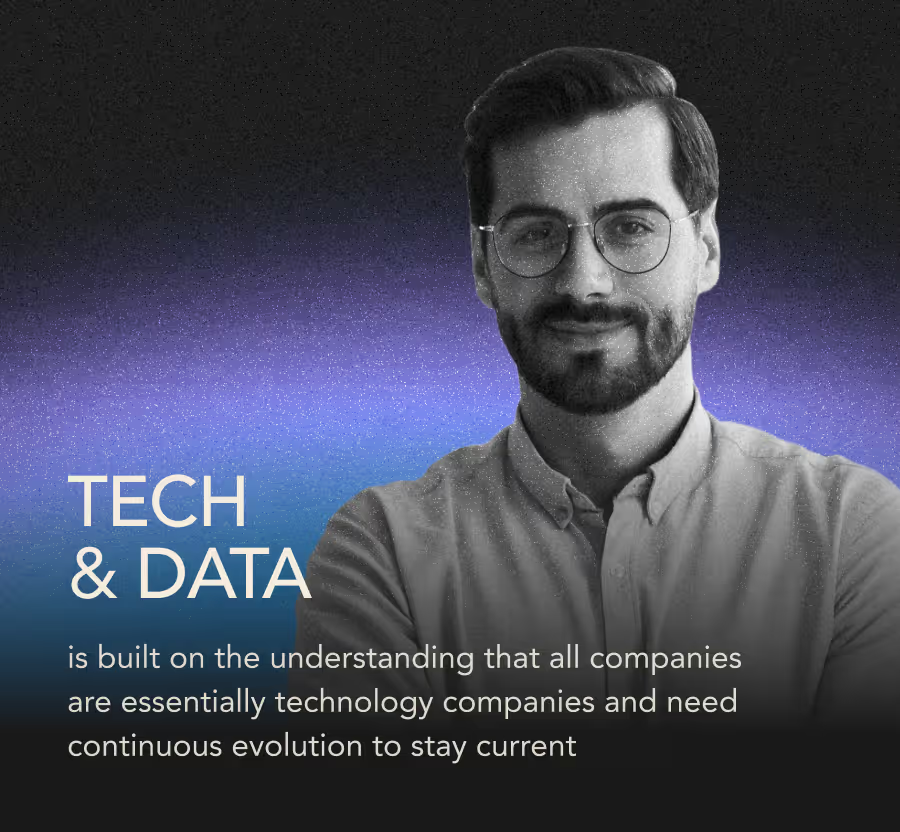In a rapidly changing business environment, the most successful organizations are those that see learning not as an occasional event, but as an ongoing part of everyday work. When continuous skill-building is embedded into workplace routines, employees become more adaptable, innovative, and engaged—creating a clear competitive advantage.
Integrating learning and development culture into your organization ensures that professional growth is not left to chance but is actively nurtured at every level. This approach turns training from a one-off initiative into a sustained cultural value, driving long-term business performance.
With expertise in designing scalable corporate learning solutions, upGrad Enterprise helps organizations weave L&D into their culture through structured programs, accessible resources, and leadership alignment. The result is a workforce where learning is second nature and directly linked to business goals.
In this article, we’ll explore why L&D integration matters, the barriers organizations face, and practical strategies to make learning a natural, everyday part of your corporate culture.
Understanding a learning and development culture
What is a learning and development culture?
A learning and development (L&D) culture is an organizational environment where continuous learning is encouraged, supported, and valued. In such a culture, employees are provided with the resources, time, and motivation to upgrade their skills, explore new knowledge areas, and apply their learning directly to their work.
Core characteristics of an L&D-focused culture
- Leadership commitment — Leaders actively promote learning as a strategic priority.
- Accessible resources — Employees have easy access to training materials, mentorship, and development opportunities.
- Recognition of learning — Achievements in skill development are acknowledged and rewarded.
- Integration into workflows — Learning opportunities are embedded into daily tasks, not treated as interruptions to “real” work.
Why it matters for long-term success
Integrating learning and development culture fosters adaptability, innovation, and employee engagement. It ensures that the workforce can respond effectively to evolving market needs, new technologies, and competitive pressures, all while creating a stronger employer brand.
Benefits of integrating learning and development into corporate culture
Improved employee engagement and retention
When learning is encouraged and supported, employees feel valued and invested in, which increases job satisfaction and loyalty to the organization.
Greater adaptability to change
A strong L&D culture equips employees with the skills needed to navigate new technologies, shifting market conditions, and evolving business strategies.
Enhanced innovation and problem-solving
Continuous learning exposes employees to new ideas, methodologies, and perspectives, enabling them to approach challenges creatively and effectively.
Stronger talent pipeline
Embedding learning into corporate culture ensures a steady development of internal talent, reducing reliance on external hiring for leadership and specialist roles.
Direct business performance impact
Teams with up-to-date skills are more productive, deliver higher-quality work, and contribute to achieving strategic goals faster.
Strategies for integrating learning and development into your corporate culture
Secure leadership buy-in
Leaders must model continuous learning themselves and actively promote its importance. When executives participate in training and talk openly about their own development, it sends a clear message that learning is a priority.
Align L&D initiatives with business goals
Link every learning program to measurable business outcomes—such as improving customer satisfaction, reducing project delivery times, or boosting innovation.
Embed learning into daily workflows
Incorporate microlearning modules, peer knowledge-sharing sessions, and on-the-job training so development becomes part of everyday tasks rather than a separate activity.
Recognize and reward learning
Publicly acknowledge employees who pursue development opportunities or apply new skills successfully. This creates positive reinforcement and encourages participation.
Provide accessible and diverse learning options
Offer a mix of online courses, mentorship programs, workshops, and self-paced resources to cater to different learning styles and schedules.
Measuring the impact of an integrated L&D culture
Define clear metrics from the start
Identify KPIs that directly link learning initiatives to business outcomes—such as productivity improvements, project completion rates, and innovation outputs.
Track participation and completion rates
Monitor how many employees engage with training opportunities, how often they return for additional learning, and the percentage of courses completed.
Assess skill application on the job
Go beyond attendance figures by evaluating how newly acquired skills are being used in daily work. This could include manager feedback, peer reviews, or performance metrics.
Measure employee engagement levels
Use engagement surveys to determine whether employees feel supported in their growth and whether learning opportunities influence their intent to stay.
Monitor long-term business results
Link L&D initiatives to tangible business gains, such as reduced error rates, faster project delivery, improved customer satisfaction, or increased revenue growth.
Summing up — Making learning part of your corporate identity
In a competitive business landscape, organizations that prioritize continuous learning position themselves for long-term success. Integrating learning and development culture ensures that employees are equipped to adapt, innovate, and perform at their best—no matter how quickly the market evolves.
When learning becomes part of the company’s identity, it transforms from a periodic HR activity into a strategic driver of performance, engagement, and growth.
By partnering with upGrad Enterprise, businesses can design tailored L&D strategies that align with their goals, empower employees at every level, and build a culture where growth is continuous and measurable. The result is a workforce that’s both future-ready and deeply connected to the organization’s vision.









